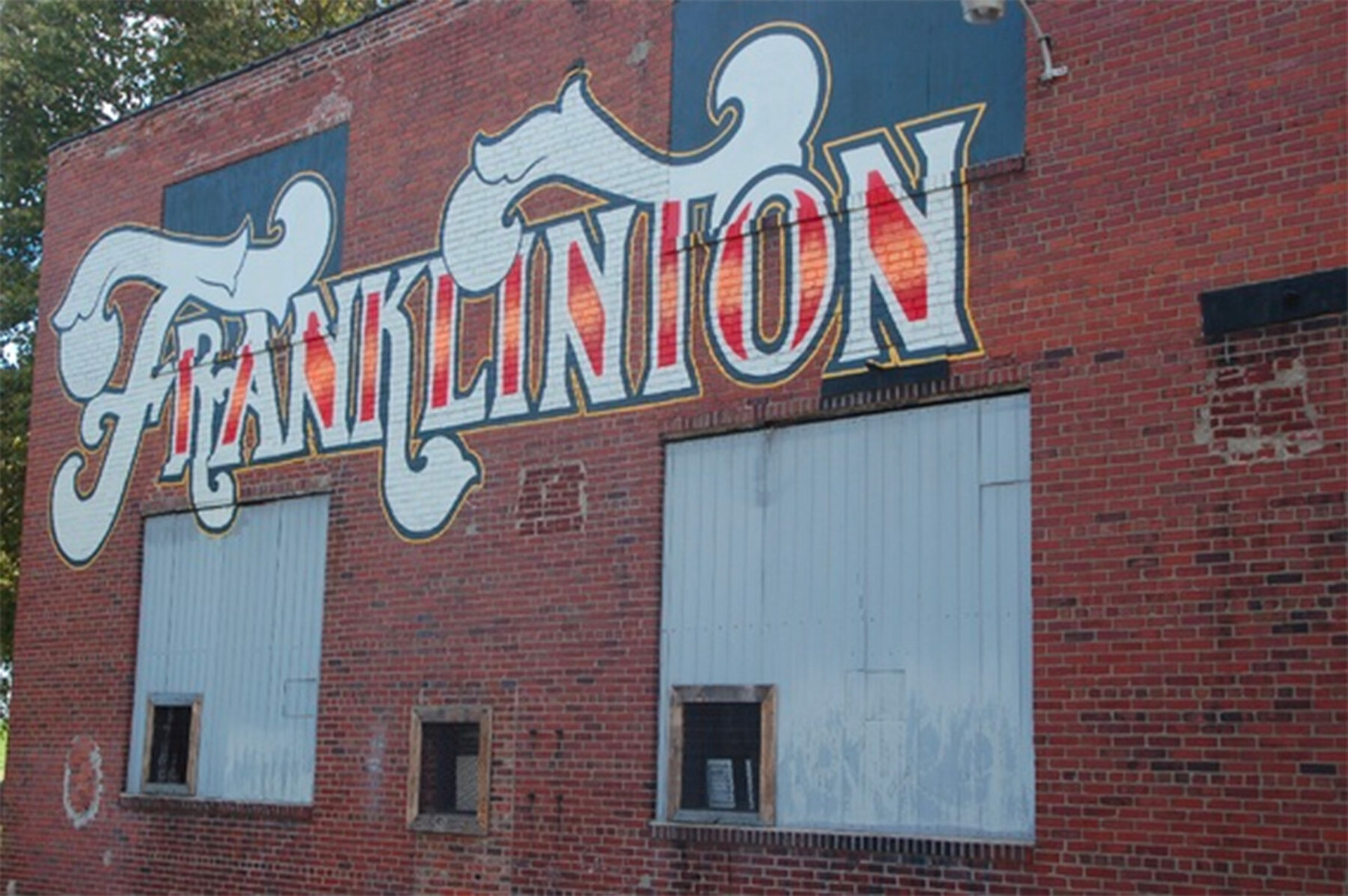During this past week, while I have been head-down on a long magazine story, John Tierney has done two very interesting posts in our American Futures series about similar-but-different revitalization efforts in two older cities in two adjoining states, Ohio and Pennsylvania.*
(I am sure it shows something embarrassing about what a lifetime’s interest in politics has done to my brain, but the most obvious bracket I can think of that contains Ohio and Pennsylvania is “swing states,” so I’ll go with that.)
These two latest cities we have visited, and that John has written about, have some obvious differences. One of them, Columbus, Ohio, is about 10 times larger than the other, Allentown, Pennsylvania, and has a diversified economy and very successful downtown life that would serve as the “after” illustration in before-and-after charts of urban revitalization. Allentown is the third-biggest city in its state but modest on the national scale, and is just entering the kick-off stage of its dramatic and unique downtown rebuilding program.
But both have a challenge shared by many other cities, that of trying to revamp parts of the town that have been left behind or run down. John describes how Columbus is tackling its historic and now very hard-pressed Franklinton district, and in this post he explains how Allentown is trying to convert a now-derelict stretch of riverfront into the kind of attraction and amenity that river districts have become in many other cities. Both posts have already gotten a lot of attention, but for anyone who has missed them I wanted to point them out.
In the coming week Deb Fallows, John Tierney, and I will have more dispatches from Columbus, Allentown, and other places large and small. For now, please check these two if you have missed them, plus this “story map” that John and Deb prepared with Esri’s mapping tools.




